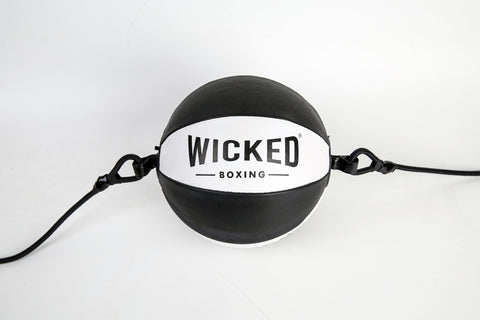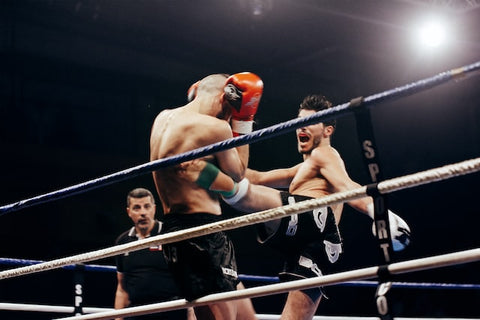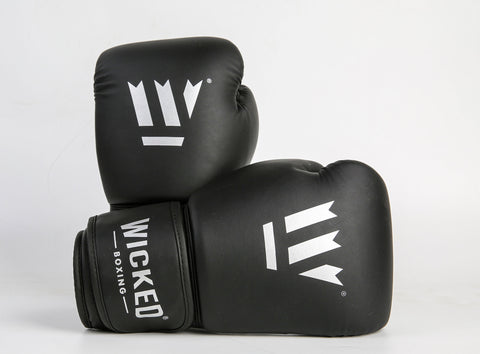The Origins
The double end bag has been a training tool in boxing for over a century, and its use has evolved over time. It is a small, circular bag that is suspended from the ceiling with two elastic cords or ropes. The bag is designed to move and bounce unpredictably, which helps boxers develop their timing, hand-eye coordination, and footwork.
The origins of the double end bag can be traced back to the early 1900s, when boxing was gaining popularity as a sport. At that time, boxers trained primarily with heavy bags and speed bags, but some began to experiment with smaller bags that could simulate the movement of an opponent's head. These bags were typically hung from a pole or a tree and were not very sophisticated.
In the 1920s, a boxer named Jack Dempsey began to use a double end bag in his training. Dempsey was one of the most popular and successful boxers of his time, and his endorsement of the double end bag helped to popularize it among other fighters. Dempsey's use of the bag was revolutionary at the time, as it was one of the first tools to simulate the movement of a live opponent in a controlled environment.
Over the decades, the design of the double end bag has evolved, with improvements in materials and construction making it more durable and versatile. Today, the double end bag is used by boxers at all levels, from amateurs to professionals, and is considered an essential training tool for developing speed, accuracy, and reflexes. It is often used in combination with other training tools such as the heavy bag, speed bag, and mitts to create a complete training regimen.
Benefits
The double-end bag is a popular piece of equipment used in boxing training. Below we list out some reasons why it can be a very useful training tool:
- Improves hand-eye coordination: The double-end bag requires the boxer to constantly move their hands and feet while keeping their eyes focused on the moving target. This helps to develop hand-eye coordination, timing, and reflexes, which are essential skills for boxing.
- Enhances accuracy: Punching a moving target like the double-end bag helps boxers improve their accuracy and precision. Hitting the small target helps boxers develop their ability to land punches on a specific target, which is a crucial skill in a real fight.
- Increases speed: The double-end bag moves quickly and unpredictably, requiring boxers to react and punch quickly. This helps to improve punching speed, which is an important attribute for boxers to possess.
- Develops defensive skills: The double-end bag can also be used to practice defensive skills like slipping, weaving, and bobbing and weaving. This allows boxers to practice their defensive movements in a controlled setting, helping them to better execute these skills in a real fight.
Exercises
Here are some exercises you can do with a double end bag:
-
Basic jabs and crosses: Practice your basic punches, such as jabs and crosses, by hitting the double end bag with proper technique and footwork.
-
Hooks and uppercuts: You can also practice your hooks and uppercuts by hitting the bag at different angles and heights.
-
Slip and counter: Move your head and body to slip the bag's incoming punches and counter with your own punches.
-
Footwork drills: Use the double end bag to practice your footwork by moving around the bag, circling it, or stepping in and out of range.
-
Speed drills: Work on your hand speed by throwing fast, rapid-fire punches at the bag.
-
Timing drills: Practice timing your punches by hitting the bag as it moves towards you and away from you.
-
Defense drills: Use the double end bag to practice defensive techniques such as blocking, parrying, and rolling punches.
Remember to start slowly and focus on proper technique before increasing your speed or intensity. As with any boxing training, be sure to wear proper protective gear and warm up properly before starting your workout.




